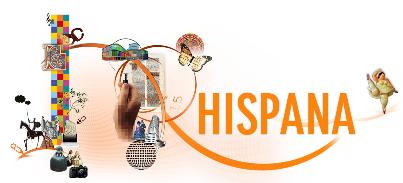Mostrar el registro sencillo del ítem
Long-Term Socioeconomic Impact of Informal Care Provided to Patients with Pacemakers: Remote vs. Conventional Monitoring
| dc.contributor.author | Leal Costa, César | |
| dc.contributor.author | López Villegas, Antonio | |
| dc.contributor.author | Catalán Matamoros, Daniel Jesús | |
| dc.contributor.author | Robles Musso, Emilio | |
| dc.contributor.author | Tore Lappegård, Knut | |
| dc.contributor.author | Bautista Mesa, Rafael Jesús | |
| dc.contributor.author | Peiró, Salvador | |
| dc.contributor.author | López Liria, Remedios | |
| dc.date.accessioned | 2020-07-06T11:59:10Z | |
| dc.date.available | 2020-07-06T11:59:10Z | |
| dc.date.issued | 2020-06-16 | |
| dc.identifier.issn | 2227-9032 | |
| dc.identifier.uri | http://hdl.handle.net/10835/8323 | |
| dc.description.abstract | The impact of informal care immediately after pacemaker (PM) implantation has been well established; however, not much is known about its long-term effects. The present study compared personal characteristics, associated problems, workloads, time, and costs related to informal care provided to patients with PM under remote monitoring (RM) vs. conventional monitoring (CM) in the hospital, five years after implantation. The PONIENTE study was a controlled, non-randomized or masked clinical trial conducted with information obtained from the perspective of informal caregivers. Data were collected at 12 and 60 months after PM implantation. The patients in the study were assigned to two different groups: remote monitoring (RM) and conventional monitoring (CM). The “Disability, personal autonomy, and dependency situations survey” (EDAD) was administered to collect information on sociodemographic characteristics, time, care difficulties, health status, professional aspects, and impact on economic, family, or leisure aspects of the main caregivers providing care to patients with pacemakers. After five years, 55 patients completed the study (RM = 21; CM = 34). The average age was 63.14 years (SD = 14.90), 96% of them were women, and the most predominant marital status was married (72%). Informal caregivers lived in the homes of the patients in 70% of cases, and 88% indicated that they had to provide care six to seven days a week. The average cost per patient during the monitoring period studied was 13.17% lower in the RM group than in the CM group, and these differences were not statistically significant (p = 0.35). This study found similar results in the two groups under study with respect to sociodemographic characteristics, workload, time, and problems associated with health, leisure and family members. The costs associated with care were higher in the CM group; however, these differences were not statistically significant. | es_ES |
| dc.language.iso | en | es_ES |
| dc.publisher | MDPI | es_ES |
| dc.rights | Attribution-NonCommercial-NoDerivatives 4.0 Internacional | * |
| dc.rights.uri | http://creativecommons.org/licenses/by-nc-nd/4.0/ | * |
| dc.subject | cost of illness | es_ES |
| dc.subject | disease burden | es_ES |
| dc.subject | informal caregiving | es_ES |
| dc.subject | pacemaker follow-up | es_ES |
| dc.subject | remote monitoring | es_ES |
| dc.subject | telemedicine | es_ES |
| dc.title | Long-Term Socioeconomic Impact of Informal Care Provided to Patients with Pacemakers: Remote vs. Conventional Monitoring | es_ES |
| dc.type | info:eu-repo/semantics/article | es_ES |
| dc.relation.publisherversion | https://www.mdpi.com/2227-9032/8/2/175 | es_ES |
| dc.rights.accessRights | info:eu-repo/semantics/openAccess | es_ES |










